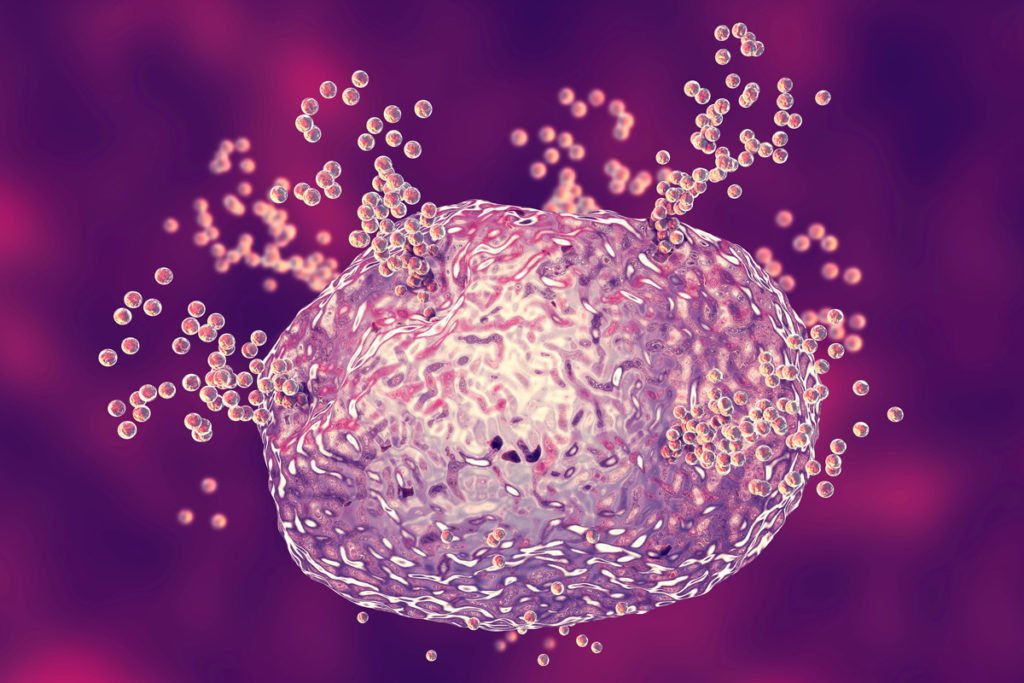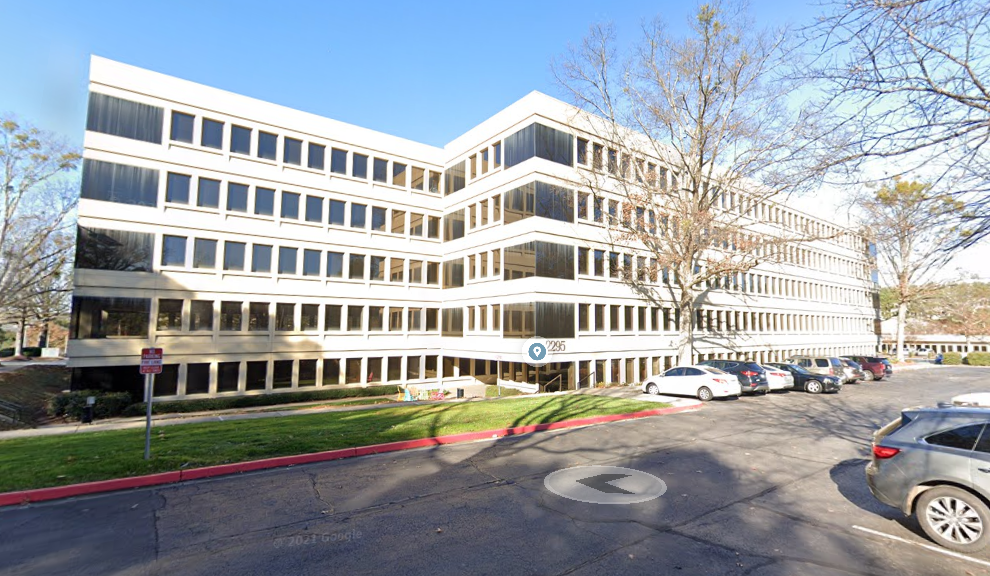Mast cells are essential for our immune system, regulating inflammation and immune responses. When they become overactive, they release histamine, leading to allergic symptoms like swelling, itching, and rashes.
Symptoms of Mast Cell Activation:
-
Life-threatening allergic reactions (anaphylaxis)
-
Facial, neck, and chest flushing
-
Itching, rashes, and hives
-
Swelling (angioedema)
-
Nasal congestion and itching
-
Breathing difficulties
-
Throat swelling
-
Headaches, brain fog, anxiety, depression
-
Digestive issues
-
Bone and muscle pain
-
Lightheadedness, fainting
-
Rapid heartbeat, chest pain
-
Blood pressure fluctuations
Triggers of Mast Cell Activation:
-
Temperature changes
-
Emotional, physical, or environmental stress
-
Exercise
-
Fatigue
-
Certain foods, alcohol, medications
-
Odors
-
Insect venoms
-
Chronic infections
-
Mechanical irritation
-
Sun exposure
Diagnosis is challenging, relying on markers like mast cell tryptase and urine levels of certain substances, but they are short-lived in the bloodstream.
Treatment involves identifying triggers, addressing gut issues, treating infections, managing autoimmunity, and dietary changes. Herbal supplements like vitamin C, quercetin, and palmitoylethanolamide can help stabilize mast cells. Pharmaceuticals like antihistamines and leukotriene inhibitors may be needed.
Stabilizing mast cells early is crucial for recovery from chronic illness. If you suspect mast cell activation, seek evaluation and treatment.
References:



